Unleashing the Power of ChatGPT: How AI is Changing the Way We Communicate
The way we communicate has changed dramatically over the past few decades, with the rise of digital communication channels like email, instant messaging, and social media. Now, with the advent of artificial intelligence (AI) and natural language processing (NLP), we are on the cusp of yet another revolution in the way we communicate. One of the most exciting developments in this space is ChatGPT, an AI-powered language model that can understand and generate natural language text. ChatGPT is already being used in a variety of applications, from chatbots and virtual assistants to content creation and language translation. In this blog, we'll explore how ChatGPT works, what makes it so powerful, and how it's changing the way we communicate.
ChatGPT is a type of artificial intelligence called a language model. It has been trained on a massive amount of text data, such as books, articles, and websites, to understand the patterns and structures of human language. When you input a prompt or a question, ChatGPT uses its knowledge to generate a response that is similar to what a human might say.
It does this by analyzing the words and
phrases in the prompt, predicting what words might come next based on what it
has learned from the text data, and then generating a response that fits with
those predictions. It does this by breaking down the text into small chunks
called tokens and then mapping those tokens to high-dimensional vectors that
represent the meaning of each word or phrase.
Tokens are usually single words or groups of words that are considered
to be a single unit of meaning. For example, in the sentence "I love
pizza", the tokens would be "I", "love", and
"pizza".
Once ChatGPT has identified the tokens in a piece of text, it then maps each token to a high-dimensional vector. A vector is simply a collection of numbers that represent the properties or characteristics of an object. In this case, the vector represents the meaning of the token. The vectors are high-dimensional because they contain many different numbers that capture different aspects of the meaning of the word or phrase.
By mapping
each token to a vector, ChatGPT is able to understand the meaning of the text
in a more nuanced way. It can look at the relationships between the vectors for
different tokens to understand how they relate to each other and how they
contribute to the overall meaning of the text. This is what allows ChatGPT to
generate responses that are not just grammatically correct, but also
semantically coherent and meaningful.
Of course, generating high-quality responses requires more than just predicting the next word. The model needs to be able to understand the meaning of the prompt and generate a response that is both grammatically correct and semantically coherent. This is where the transformer architecture comes in. Transformers are a type of neural network that are particularly good at understanding long-term dependencies in sequences of data, which is crucial for generating natural language.
One of the strengths of ChatGPT is that it can generate responses that are not just grammatically correct, but also semantically meaningful. For example, if you were to ask ChatGPT "What is the meaning of life?", it might generate a response like "The meaning of life is a philosophical question that has been debated for centuries." This response is not just grammatically correct, but also reflects a deeper understanding of the concept of "meaning" and its relationship to philosophy.
ChatGPT has a wide range of potential benefits for businesses, organizations, and individuals who need to communicate with customers, clients, or other people in natural language.
Improved
customer service: ChatGPT can be used to create chatbots and virtual assistants
that can answer common customer questions, resolve issues, and provide
personalized recommendations. This can help reduce wait times and improve
customer satisfaction.
Efficient
content creation: ChatGPT can be used to generate high-quality content quickly
and efficiently, such as blog posts, social media updates, and marketing
materials. This can save time and resources while still producing engaging and
informative content.
Language
translation: ChatGPT can be used to translate text from one language to
another, which can be particularly useful for businesses or organizations that
operate in multiple countries or regions. This can help improve communication
and understanding across language barriers.
Personalization:
ChatGPT can be used to create personalized experiences for customers or users,
such as personalized recommendations or targeted advertising. This can help
improve engagement and loyalty.
ChatGPT has
the potential to revolutionize the way that businesses and organizations
communicate with customers and clients. By leveraging the power of natural
language processing and deep learning, ChatGPT can help improve efficiency,
accuracy, and engagement in a variety of contexts.
Here is a short video on how useful Chatgpt is going to be for all of us.
However,
it's important to note that ChatGPT is not perfect. Because it was trained on
existing text data, it can sometimes generate responses that are biased,
offensive, or just plain wrong. For example, if you were to ask ChatGPT
"Is climate change real?", it might generate a response that denies
the existence of climate change, even though the overwhelming scientific
consensus is that it is real and caused by human activity. This is because the
model is only as good as the data it was trained on, and if that data contains
biases or inaccuracies, those biases and inaccuracies can be reflected in the
model's responses.
Overall, ChatGPT is an impressive example of the power of deep learning and natural language processing. It's not perfect, but it's a promising step toward creating AI that can understand and communicate with humans in a more natural and intuitive way.
Let's all log in to Chatgpt to unleash its power.
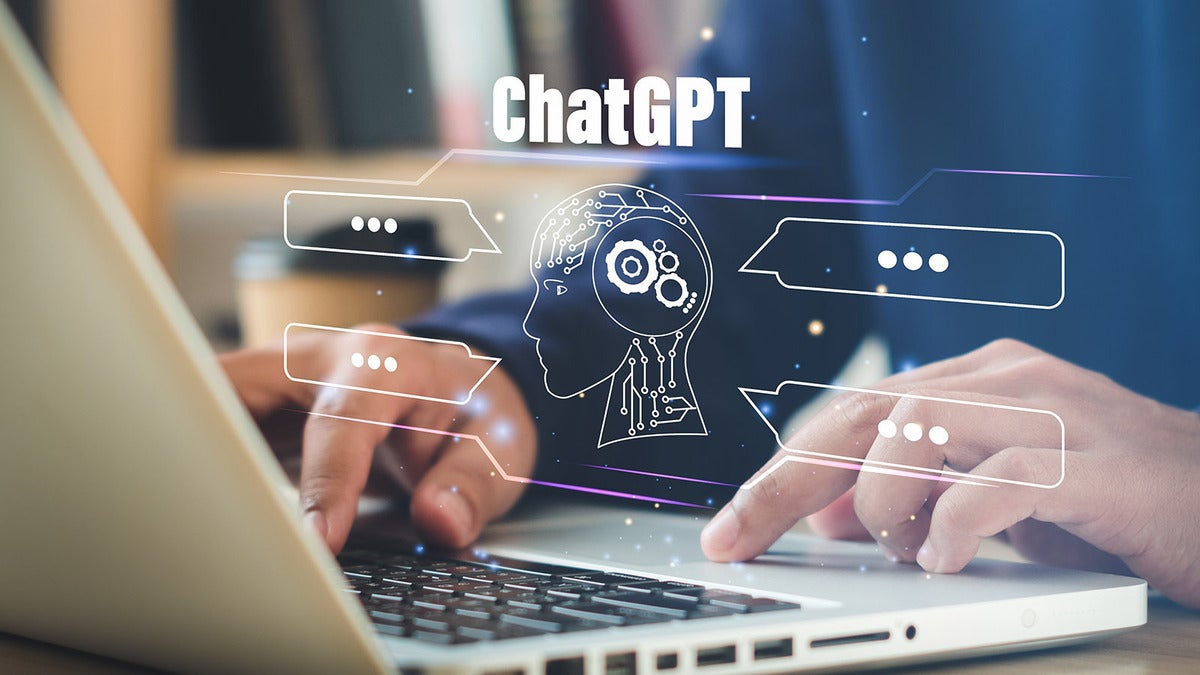
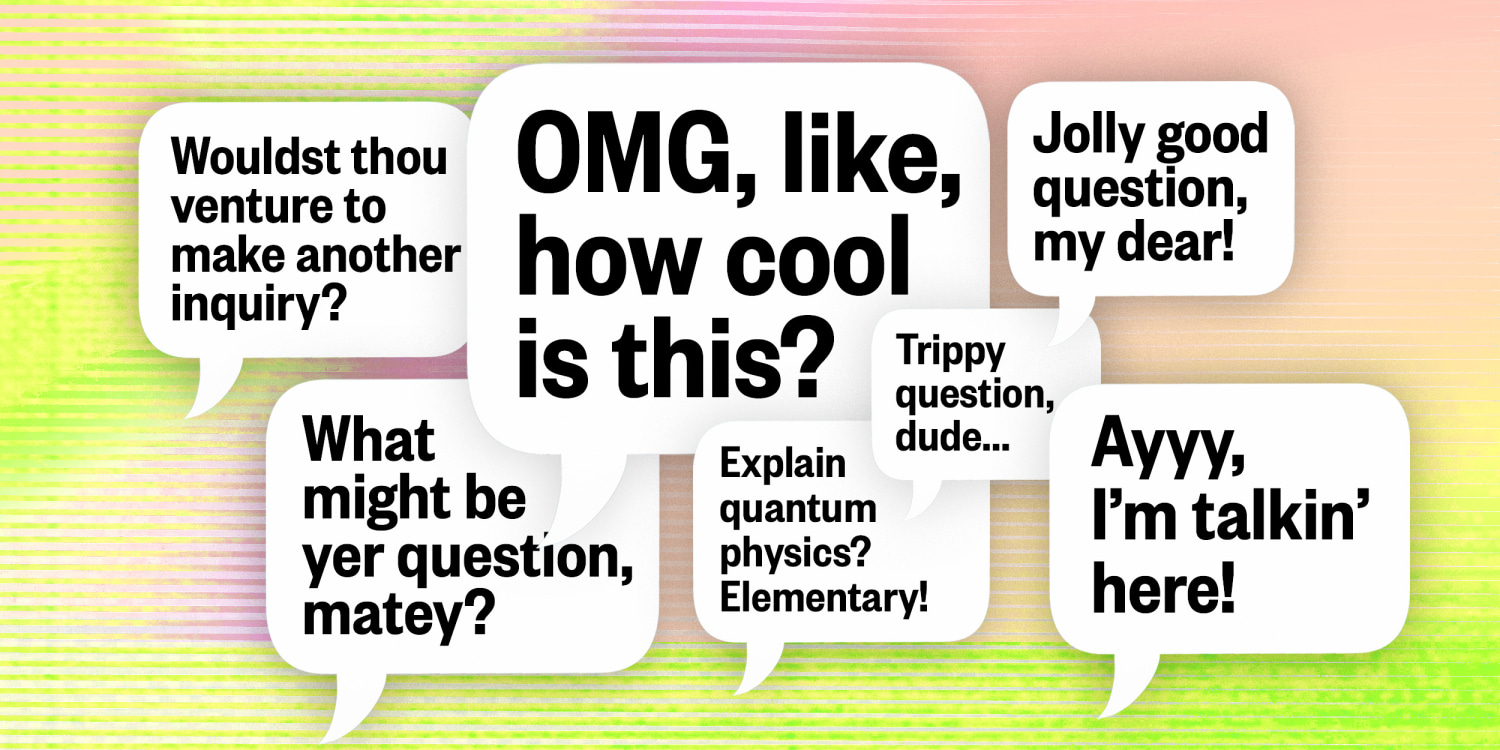
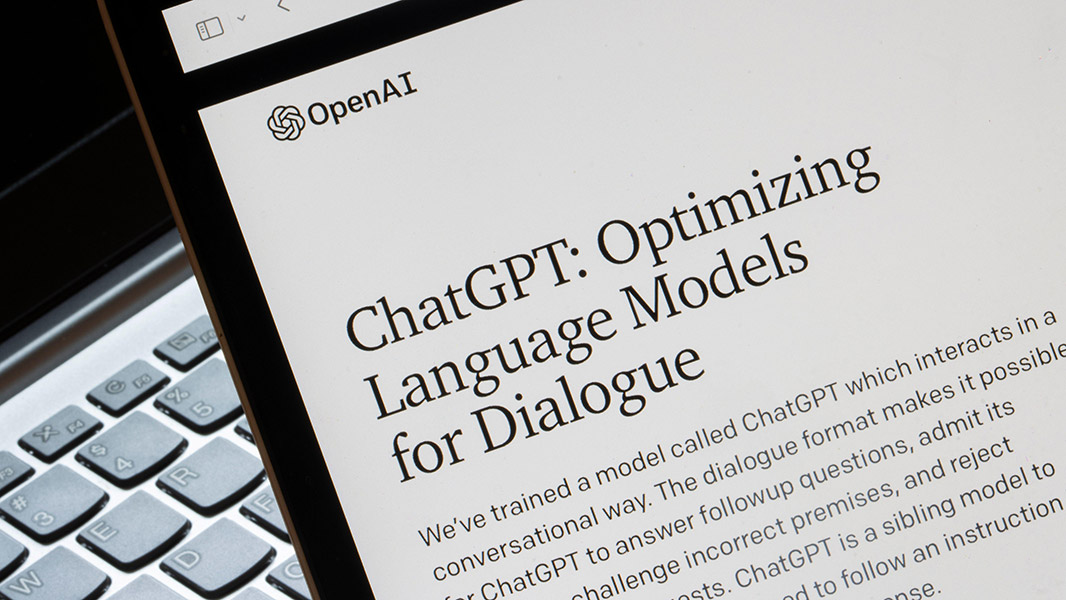
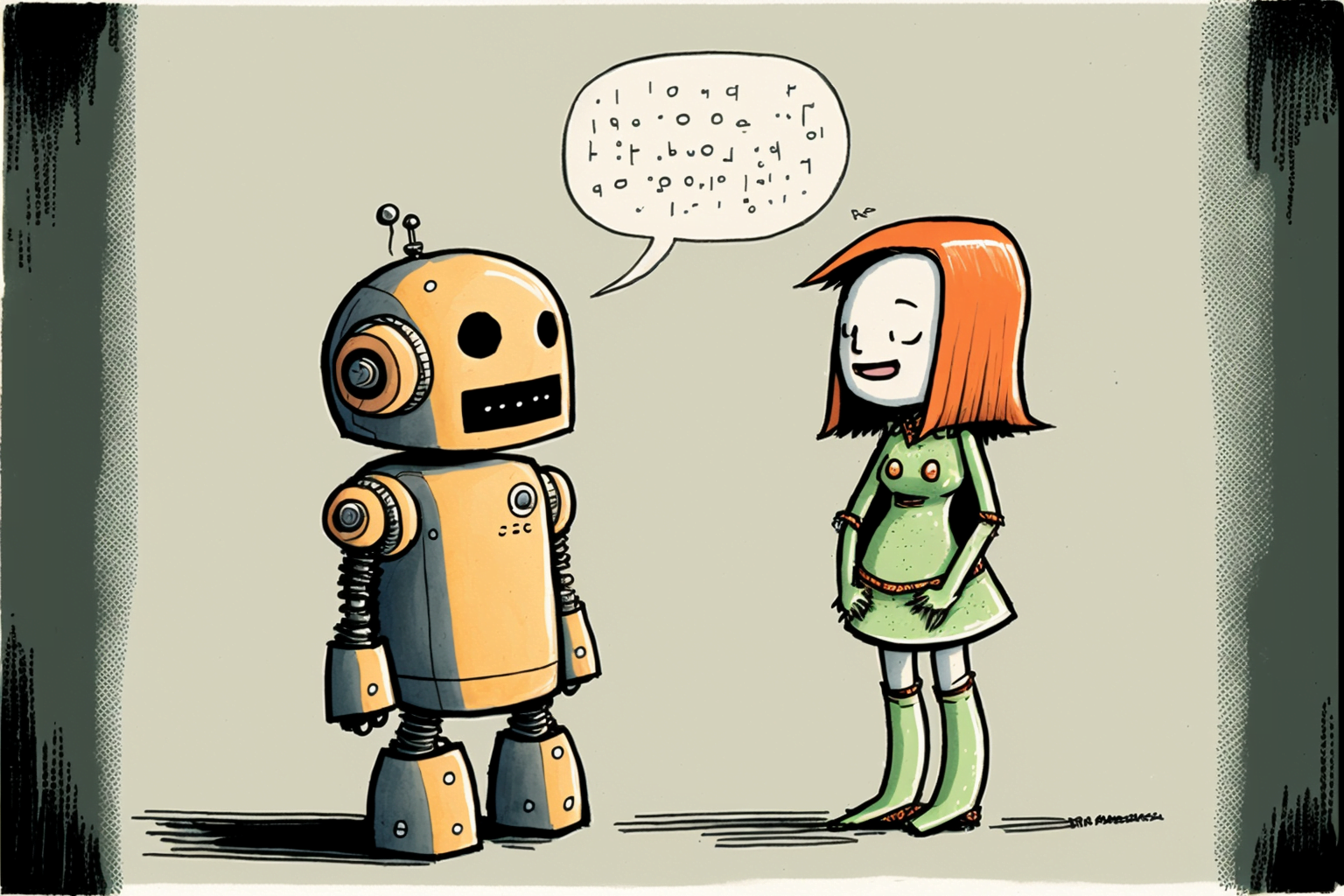
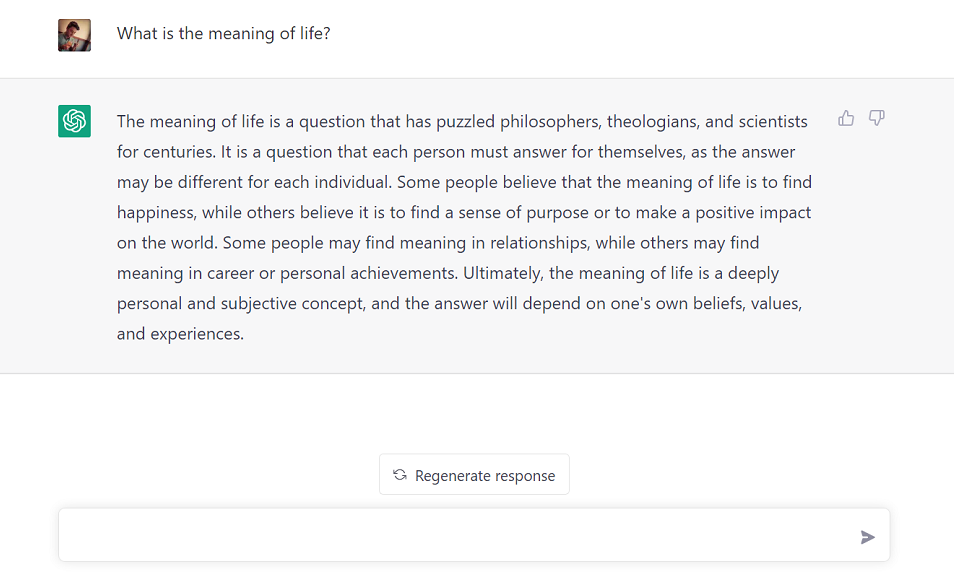


Comments
Post a Comment